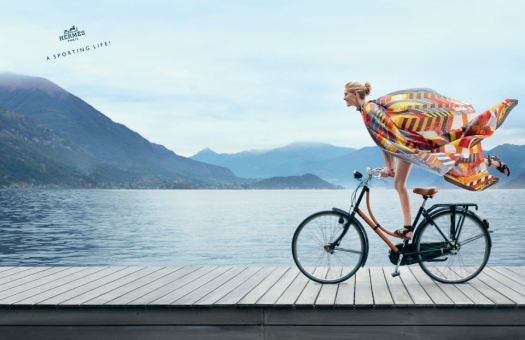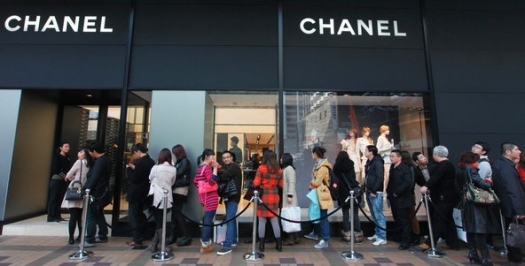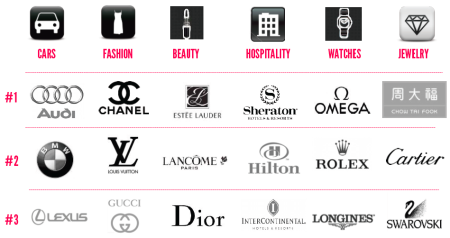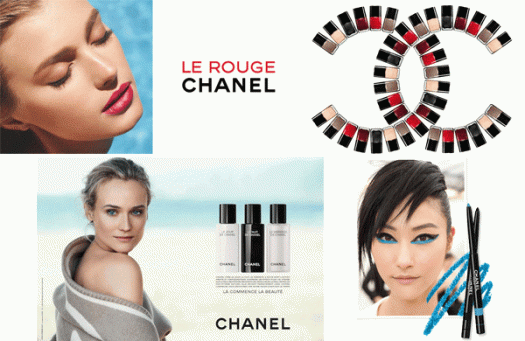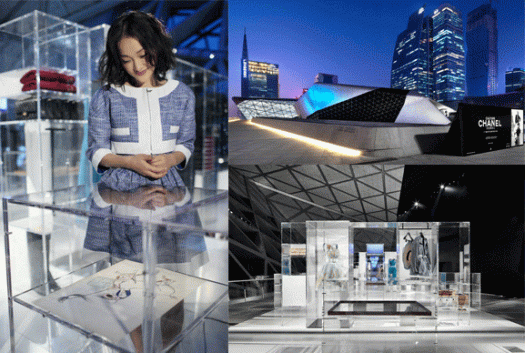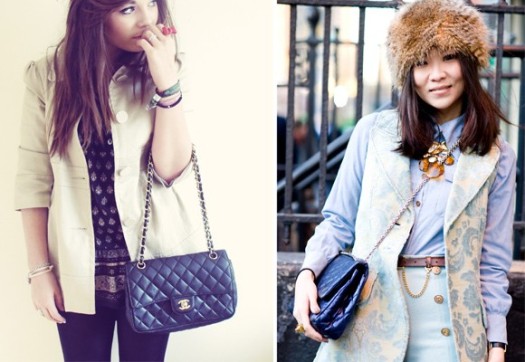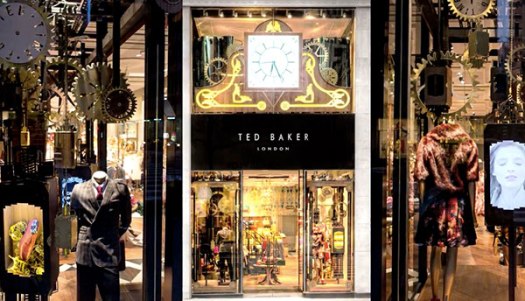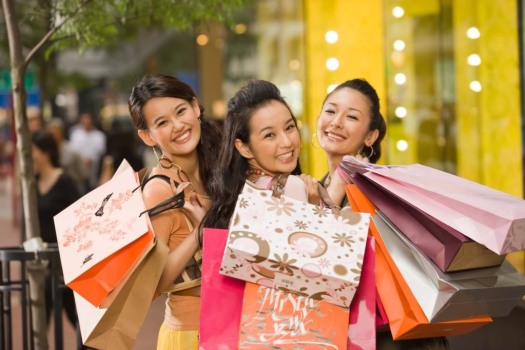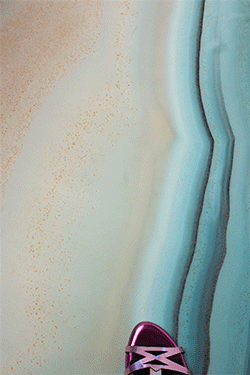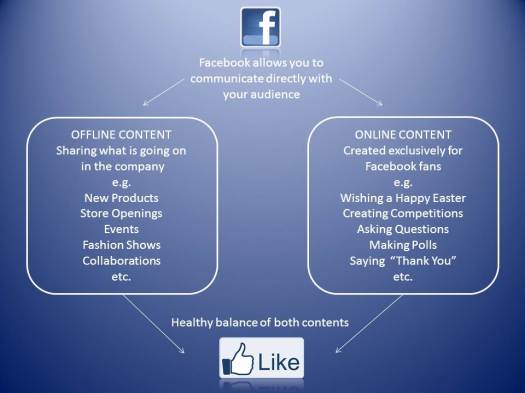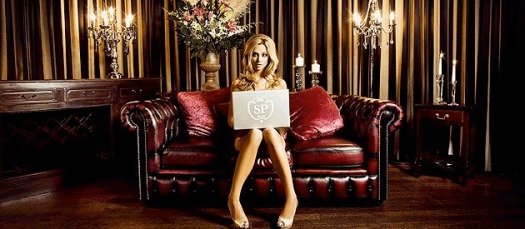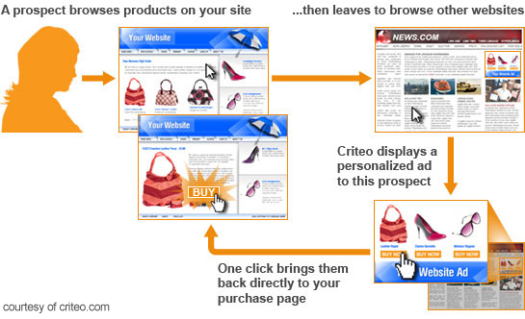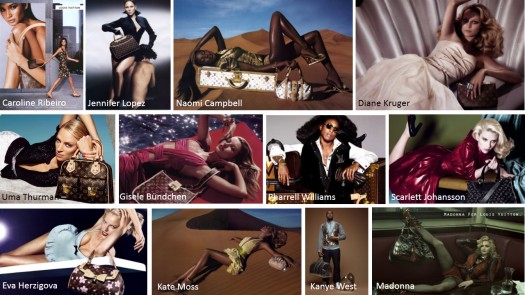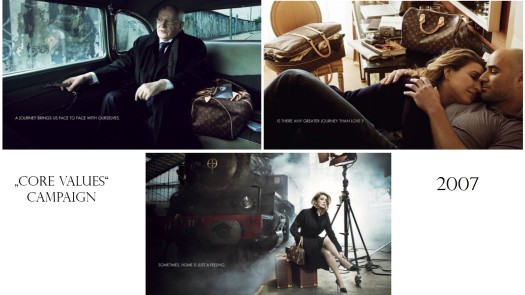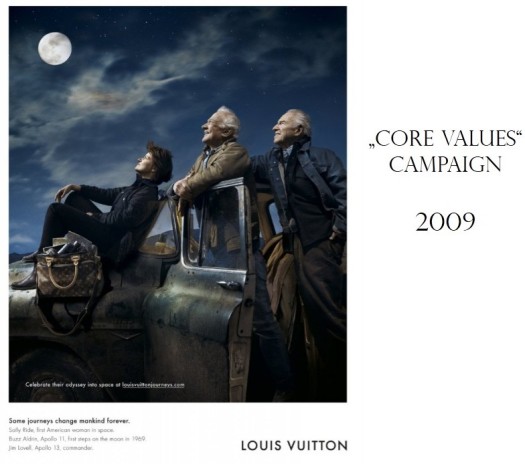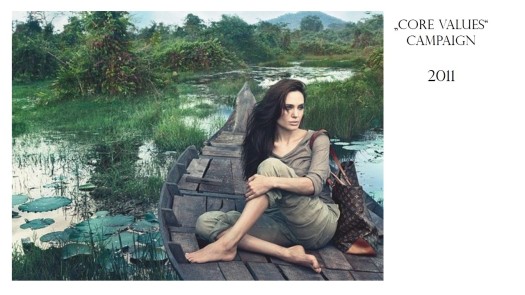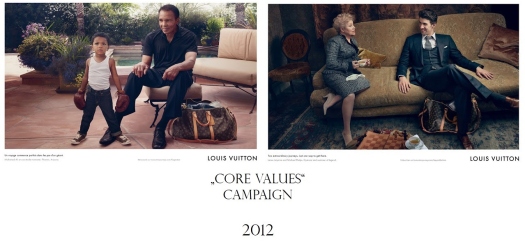
Last week, French luxury group Hermès posted a 16 percent rise in second-quarter sales, reaching $1.19 billion (£788m), with highest growth originating in Asia and North America. According to experts, the secret of company’s success is its strong ability to combine heritage with innovation, managing to capture new customers along the way. Luxury Daily magazine also noted that the high revenue of the brand might be due to the to sales of home furnishings and a strong spring/summer 2013 marketing campaign.
Lets take a look at all the above mentioned factors and analyse the impact they might have had on the sales.
Hermès Spring/Summer 13 campaign
The SS13 campaign was very strong indeed, with a particular focus on sport deluxe, which goes well in line with Hermès sports heritage.
The campaign can be described as “Delightful sport life captured in its best moments by Nathaniel Goldberg with the gorgeous Iselin Steiro at the Lake Como, Italy.”
Hermès home furnishings
Hermes has made a huge investment in home furnishings. Designers such as Antonia Citterio, Enzo Mari and Nigel Peake among others, have been commissioned to create designs of fabrics, wallpaper, sofas, chairs, tables, and room dividers. This year, Hermès has unveiled its new collection of bespoke furnishings “Les Nécessaires d’Hermes” by Philippe Nigro. Exposed at the Milan International Furniture Fair in a unique construction created from superimposed origami houses, the interior creations haven’t failed to fascinate the visitors.

Hermès Heritage
Founded as a house of harness- and saddle-making in 1839 in Paris, Hermès has always been proud of its heritage and craftsmanship. Well, what is the best way to show off its incredible and unique “savoir-faire” to the curious customers, other than to go on tour and demonstare it first-hand? Therefore, it is only natural that Hermès came up with the idea of the “Festival des Métiers”, which is a world tour, where Hermès fans have a chance to have a “rendez-vous” with the brand’s craftspeople and experience the fascinating insight into the exquisite production of Hermès hand-made objects.
Targeting the Ultra-Rich
When taking a closer look at Hermès, which sells £300 silk scarves and £10,000 Birkin handbags, it is not difficult to see which customer group the company is targeting. According to Forbes, there are 1,426 billionaires recorded this year, which is 200 more than in 2012. With the increasing number of super-wealthy customers, the demand of exclusive luxury goods is also continuously on a rise. A while ago, a Hermès diamond BIRKIN was sold for $203,150 setting a new world record for the most expensive handbag ever sold at a public auction.

Moreover, according to Forbes most billionaires in the world originate from US, which is one of the countries with the strongest sales growth for Hermès. Sales originated in Asia also experienced a surge, despite the new official policy forbidding business related gift-giving in China. The strong growth in Asia might be due to changing behaviour of the luxury customer, particularly in China, where exclusivity and craftsmannship are becoming more and more important.
Conclusions
-
1. Positioning
-
Hermès has a very strong positioning in the luxury market, which it owes its almost 200-year old heritage, exquisite craftsmannship and savvy marketing mix which we are going to analyse further below.
-
2. Pricing
-
The incredibly high prices provoke the sense of exclusivity, which is exactly what the luxury consumers are after.
Another way of achieving exclusivity is launching limited edition series. Hermès is a big supporter of limited editions as well as generally limited amount of products being sold in their stores. (I remember that my friend who wanted to buy a Hermès belt had to visit their store about 4 times before finally getting one, as it was sold out every time he came in – they intentionally don’t order a big stock of products to maintain exclusivity.)
-
3. Heritage
-
As mentioned before, Hermès has a long and solid heritage. However, the most interesting fact about it is the way the brand is communicating it to the customers. I think that the “Festival des Métiers” world tour is one of the best marketing strategies developped for this purpose, as personal contact has always made a stronger impact than any images or videos could ever have.
-
4. Designer Collaborations
-
With regard to home furnishings, Hermès is making the most out of its products through collaborations with famous interior designers. As a result, both the brand and the designer benefit from each other’s reputation, boosting the sales of the exquisite home creations at the same time.
There are many other aspects which have to be taken into consideration when analysing a brand’s marketing strategy, but I think that we’ve gone through the most important ones for Hermes.
Let me know what you think about the brand. Do you own or want to own any of their products? What do you think about their positioning and their marketing strategy?
As always, if you like this and other articles on my blog, please feel free to like and share it with your friends!
Let me know your thoughts and don’t forget to follow my blog for more Fashion.Marketing.Secrets!


